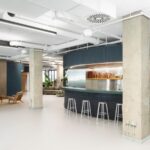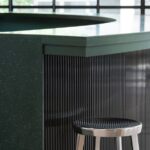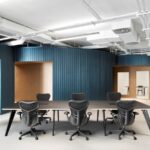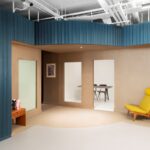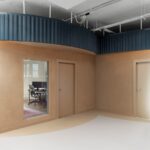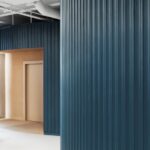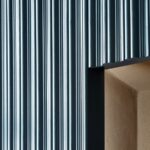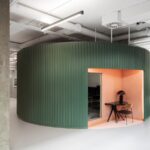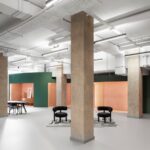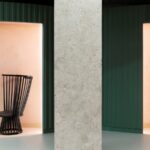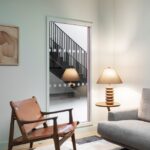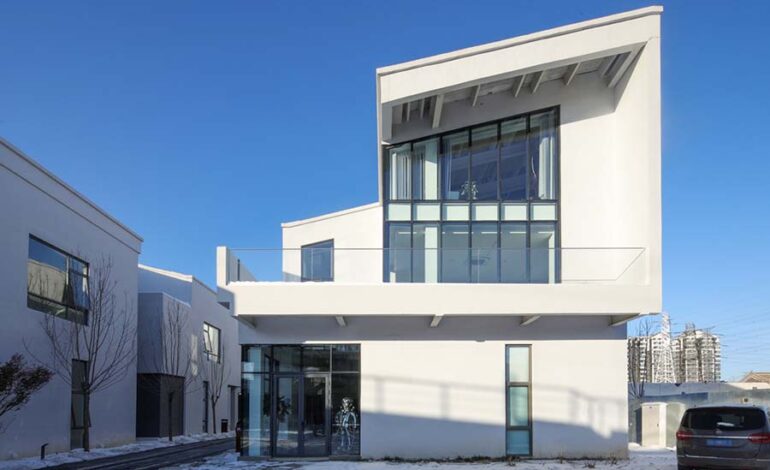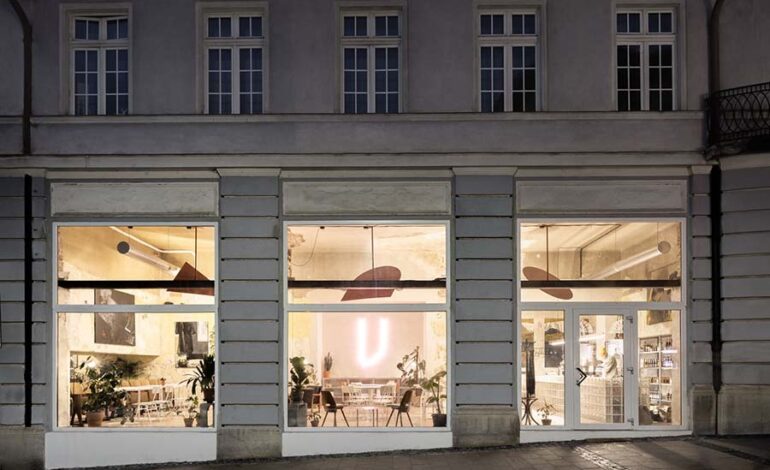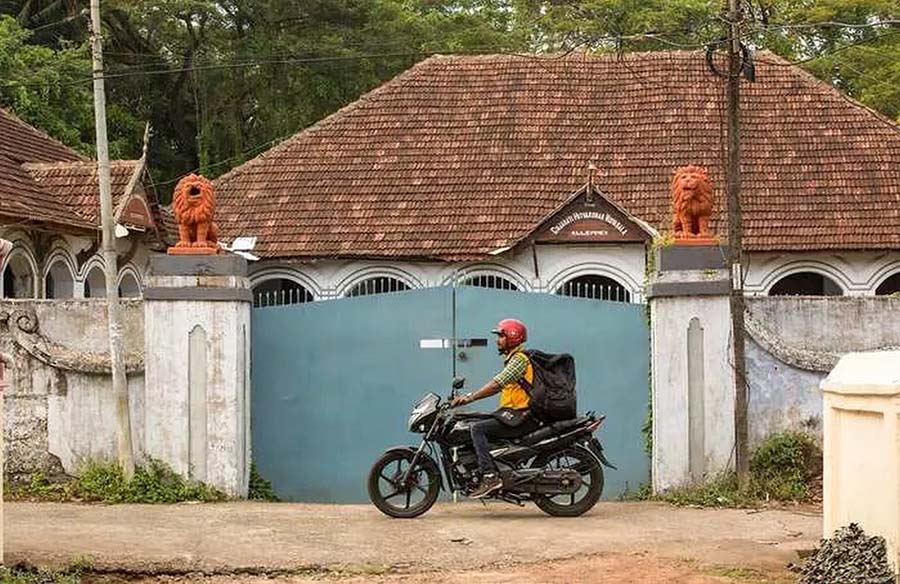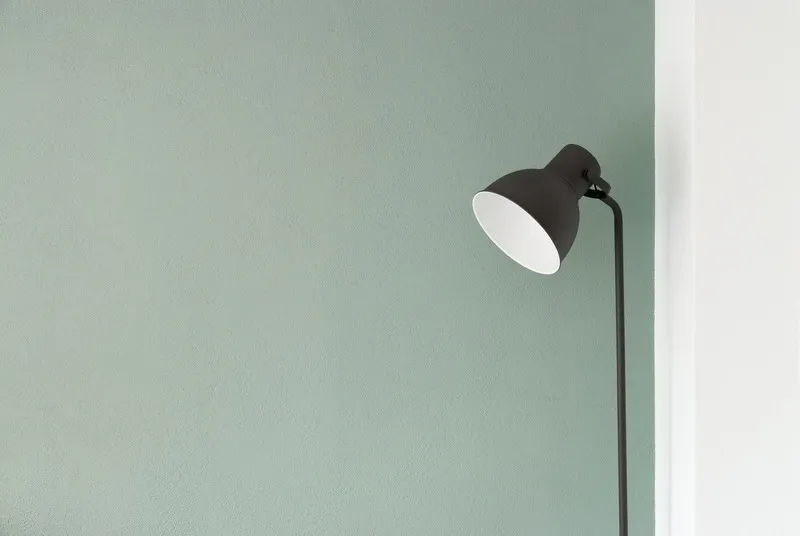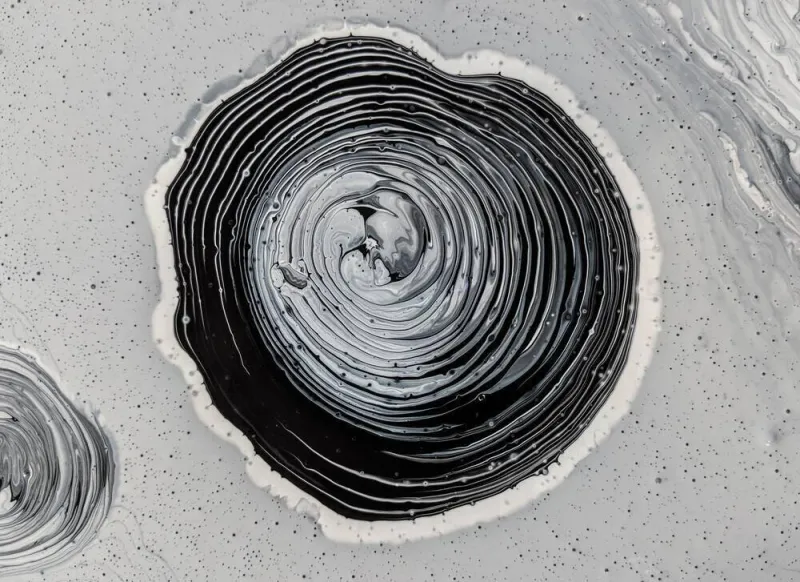Redefining Workspaces The Black Kite Offices by Bureau de Change Architects
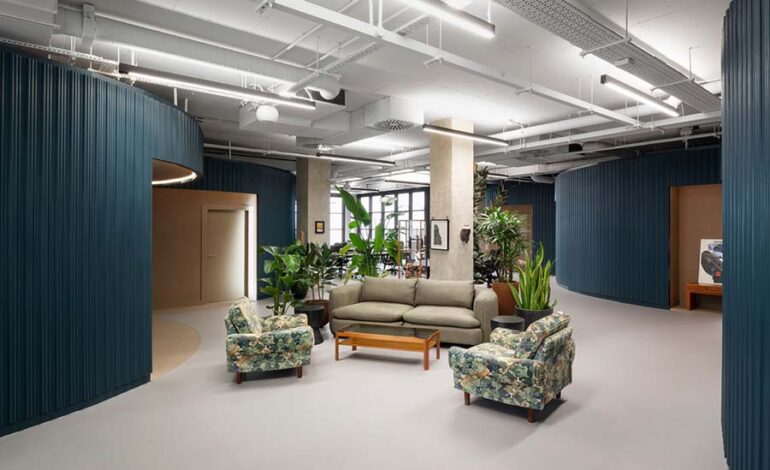
Bureau de Change Architects has transformed the Black Kite offices, located in East London, into a dynamic creative studio that pays homage to the site’s industrial heritage. Let’s delve into the innovative design that features intersecting cylinders and carved-out spaces, fostering a unique working environment.
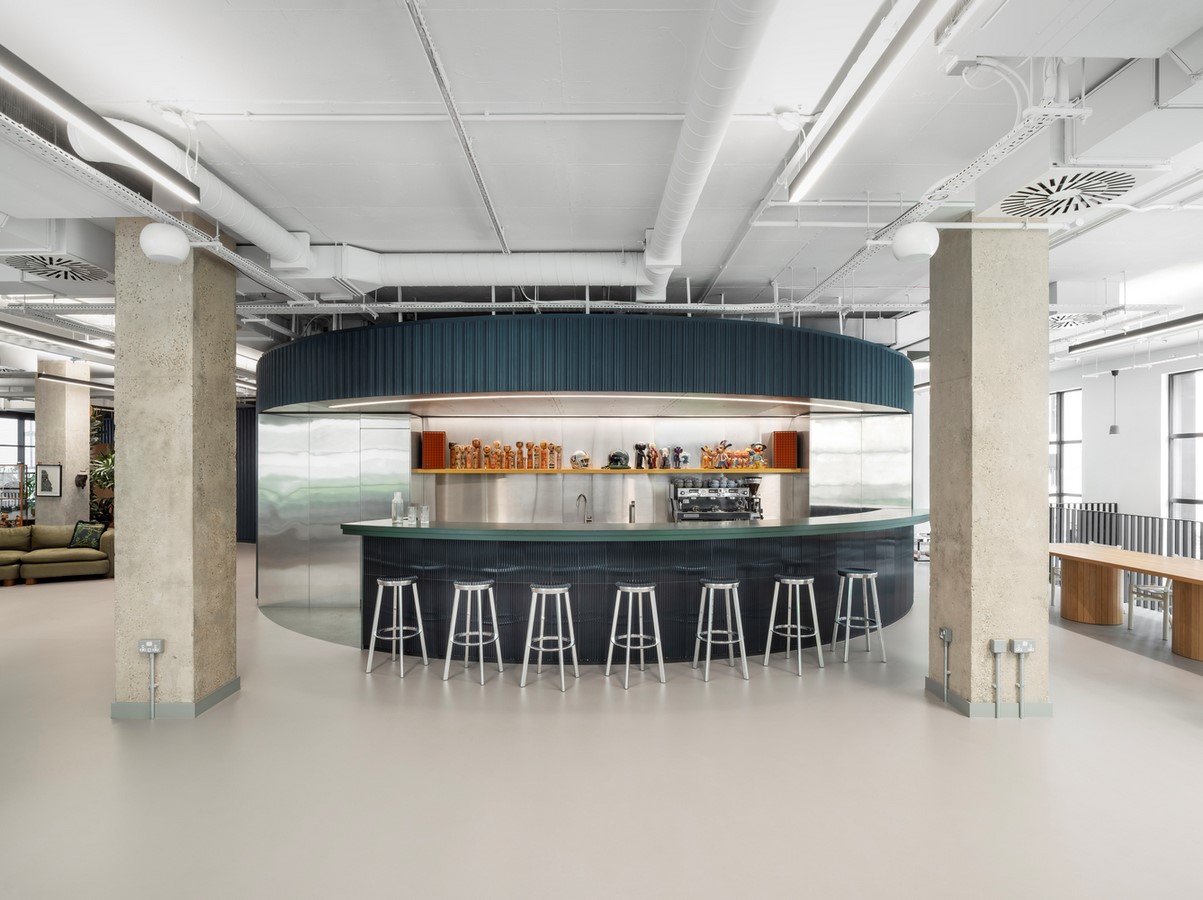
Industrial Heritage Reimagined
Drawing inspiration from the site’s history as an Engineers and Iron Foundry, Bureau de Change Architects conceived a spatial strategy that echoes the geometrical forms of traditional iron kilns. The design showcases a series of intersecting circles dispersed across the existing grid system, each enclosing production, editing, and colour suites within private environments.
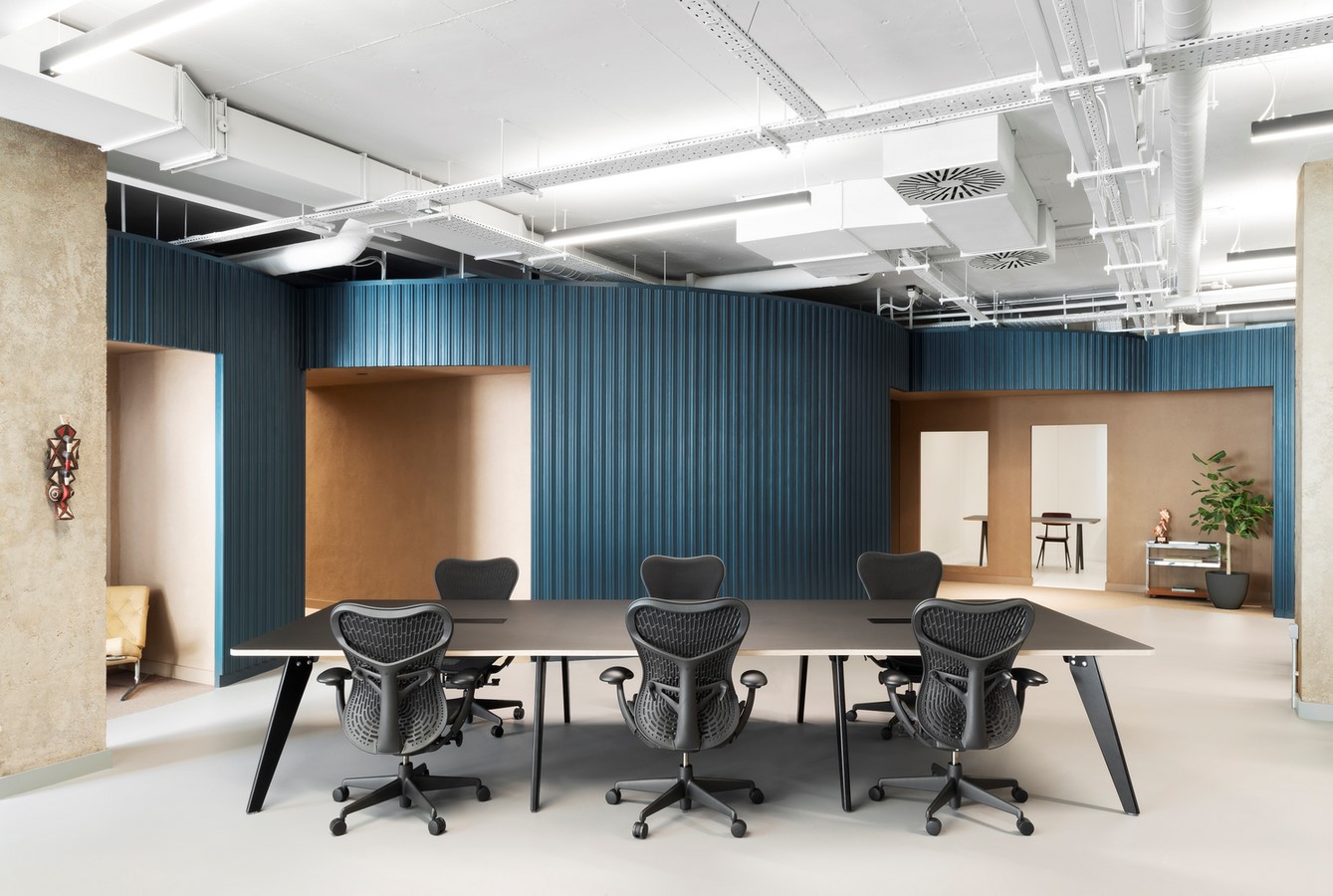
Harmonizing Spaces
The exterior surface, shaped by the intersections of cylinders, is punctuated by excavated intervals, creating semi-private breakout spaces within the volumes. These cavities, finished with natural clay plaster, offer a contrast to the sharp textures of the cylinders, providing warmth and texture to the interior. The strategic placement of these excavations facilitates a seamless transition between enclosed working areas, breakout cavities, and the central open-plan workspace.
Centrepiece Kitchen
One of the carved-out spaces houses the kitchen, featuring stainless steel cladding and a recycled plastic countertop adorned with handmade glazed ceramic tiles. Serving as a social core, the kitchen reflects light and serves as a focal point, fostering interaction and collaboration among employees.
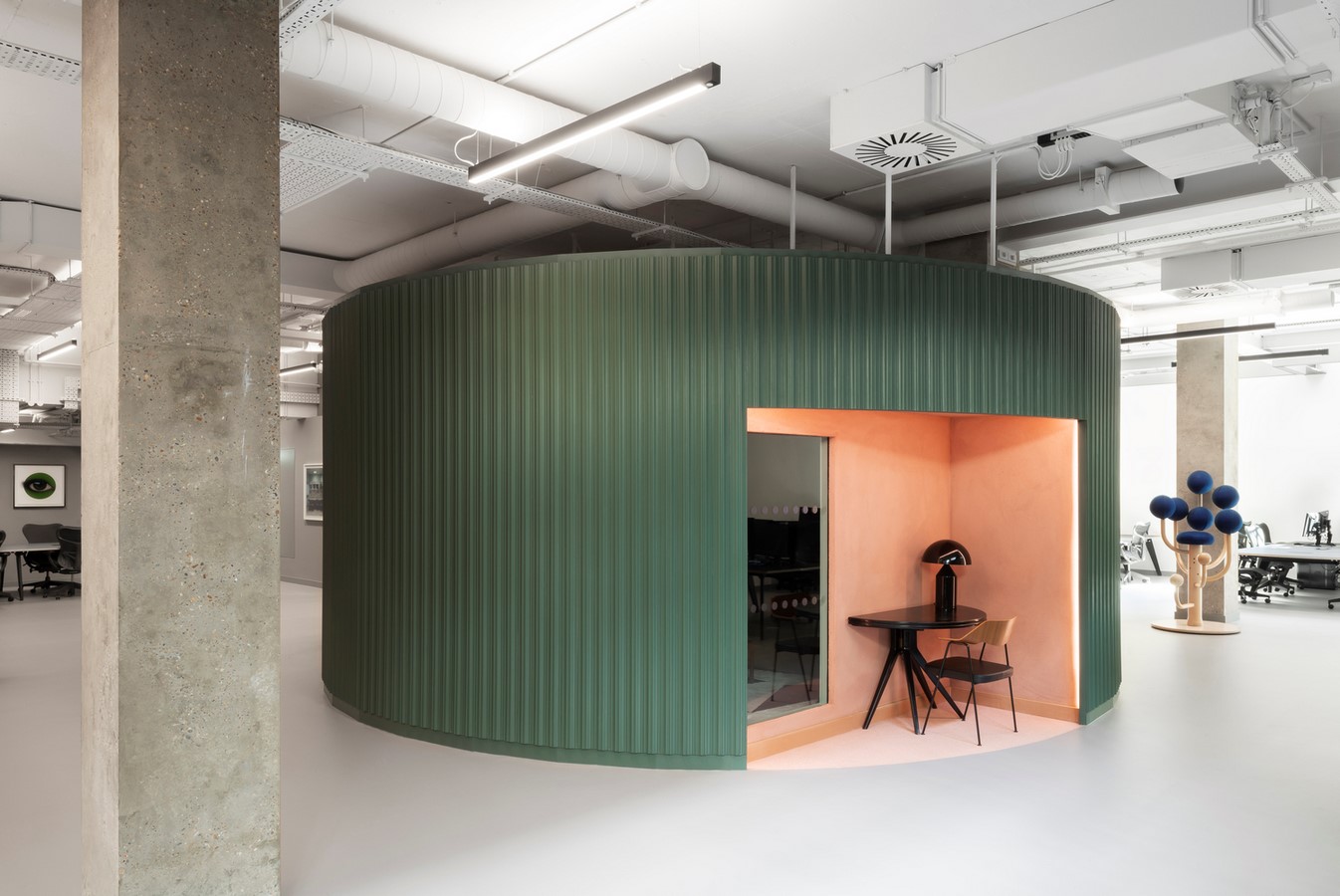
Seamless Connectivity
The layout of the office promotes fluidity and connectivity, offering varying degrees of porosity and permeability within the workspace. Rather than compartmentalizing different sectors, the design seamlessly integrates various areas into a cohesive plan, encouraging exploration and interaction among employees.
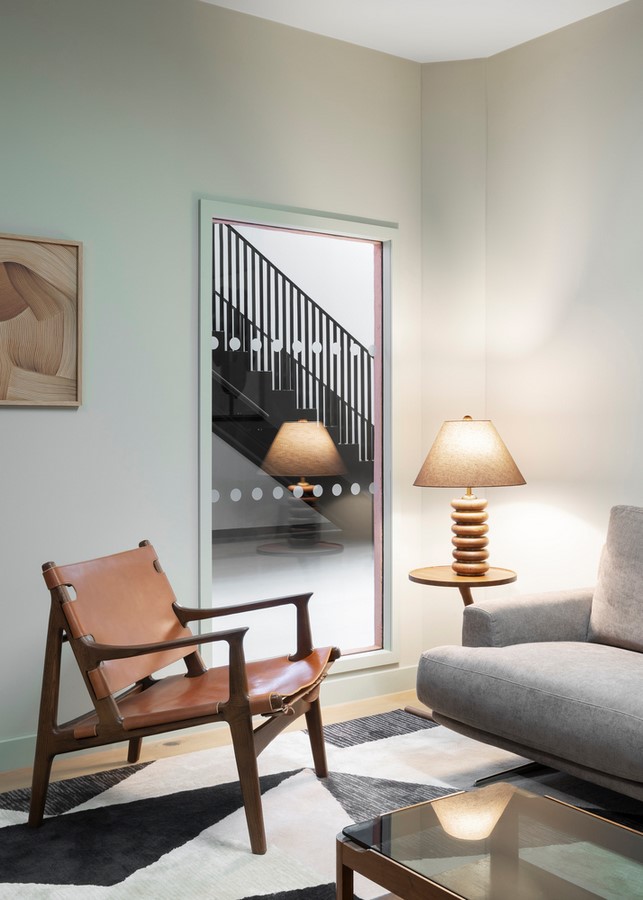
In essence, the Black Kite Offices by Bureau de Change Architects embody a harmonious blend of industrial aesthetics and contemporary functionality. By reimagining traditional forms and creating dynamic spatial configurations, the design fosters creativity, collaboration, and a sense of discovery within the workspace.

